Video
youtube
Absurd ⚫ (TV Rep.) Murder of Sandro Beyer
About the Sondershausen murder – The perpetrators, Hendrik Möbus, Sebastian Schauseil and Andreas Kirchner were founders of the later NSBM band Absurd. The victims was 15-year-old Sandro Beyer. Due to the interests of the members, the act was referred to in the media as “satanic”.
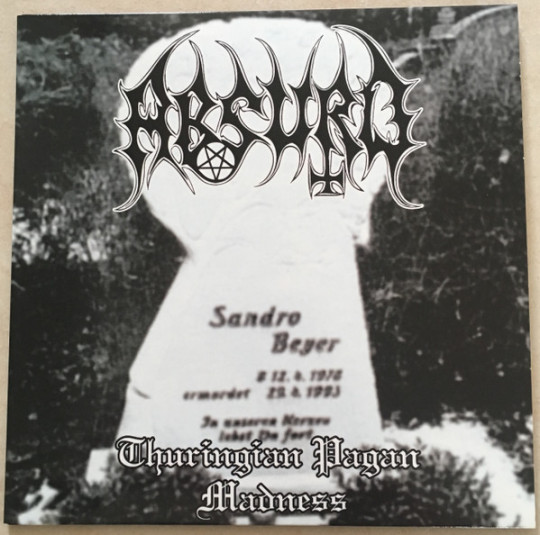
Cassette cover of Absurd’s Thuringian Pagan Madness showing the grave of the murdered Sandro Beyer.
Murder in SondershausenIn 1993 the three band members of Absurd murdered their classmate, a 15-year-old boy named Sandro Beyer. The case made headlines all over Germany, and was often presented as a “Satanic murder” in the press, given the identification of the trio with Satanism. However, a closer look at the case indicates that the three had killed Beyer because he knew too much about the group’s activities, and the group saw no other way out than getting rid of their classmate. The murder followed no Satanic ritual, they simply strangulated Beyer to death with a power cable and buried him at a nearby construction site. Investigator’s later found a list, in which Beyer had collected names of movies the group has watched, most of them either censored or subject to the protection of minors, such as splatter and horror movies, or movies glorifying the NS era. Möbus was sentenced to eight years in juvenile court for a collectively planned murder, deprivation of liberty and coercion. He first spoke about the murder in an exchange of letters with the American journalist Michael Moynihan, in which he described Beyer as a “people’s parasite” and spoke about the neo-Nazi sentiments he had developed during his imprisonment.
youtube
Absurd - Eternal Winter
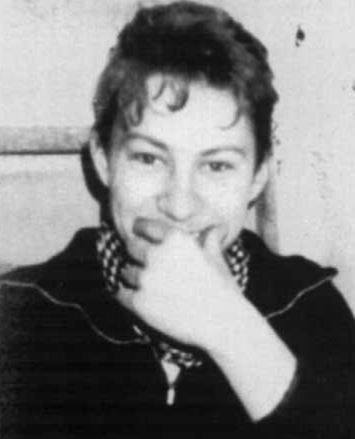
Sandro Beyer
Hendrik Moebus Reveals the True Motive for Sandro Beyer's Death
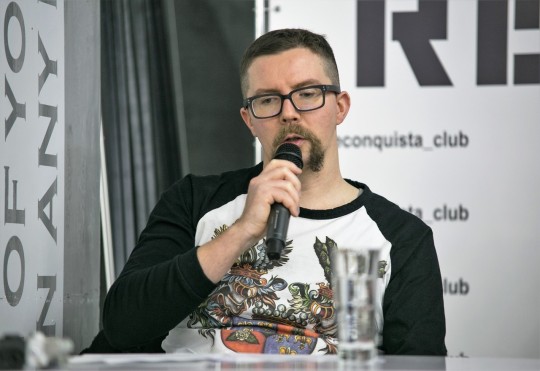
Hendrik Möbus
3 notes
·
View notes
Text

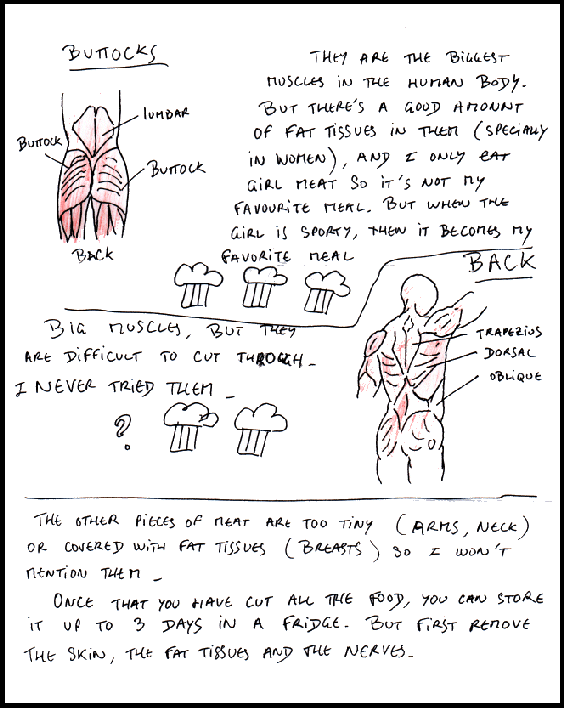
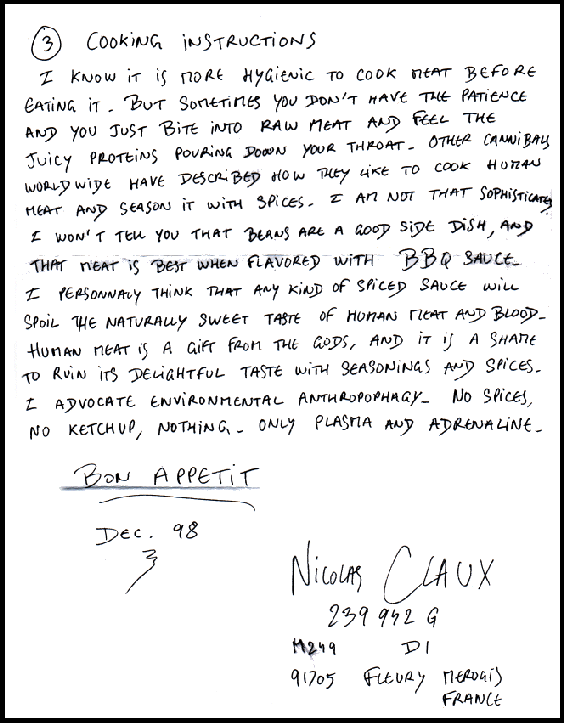
cooking with Claux - how to eat human meat
9 notes
·
View notes
Video
youtube
The Disturbing Story of Nico Claux
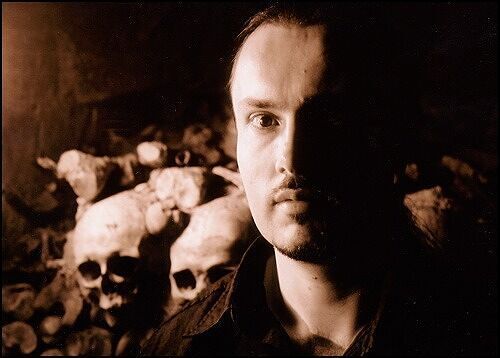
Serial Pleasures
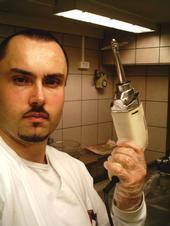
Dinner With A Cannibal
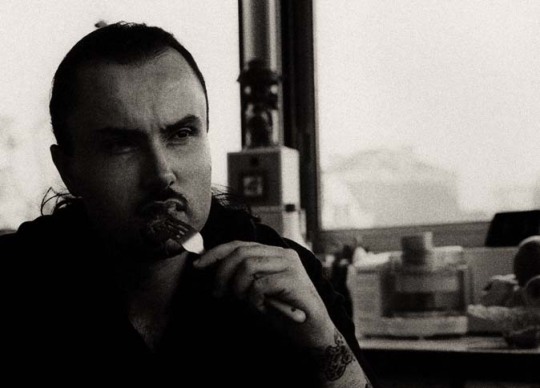
Nico Claux
4 notes
·
View notes
Text

Armin Meiwes original Mail conversation on The Cannibal Cafe Forum with his victim Bernd Jürgen Brandes
5 notes
·
View notes
Video
youtube
The Cannibal That Walked Free (2007)
0 notes
Text
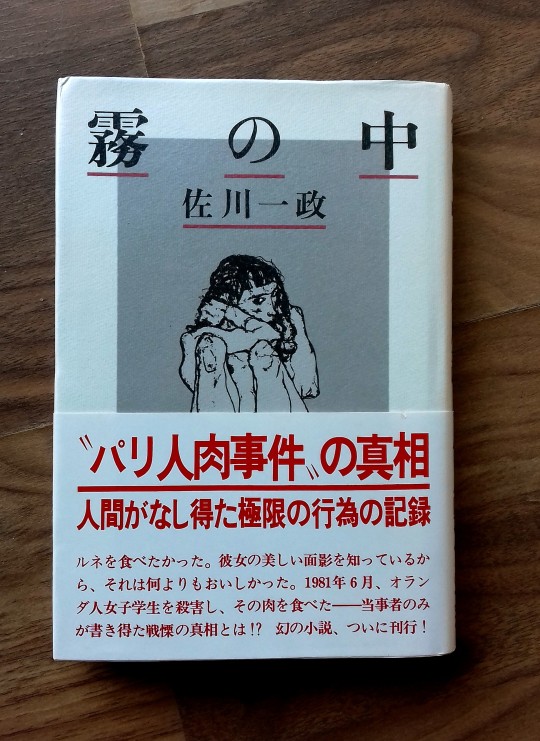
In the Fog, Manga Book by the Japanese cannibal Issei Sagawa
10 notes
·
View notes
Photo

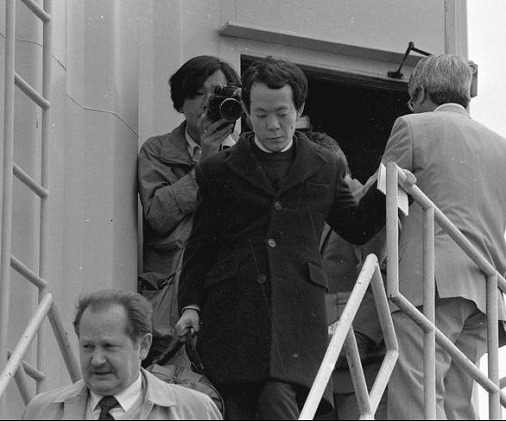
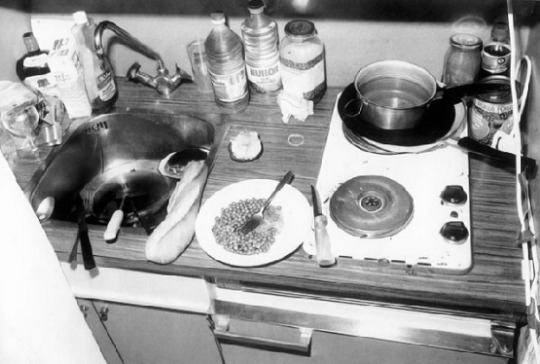

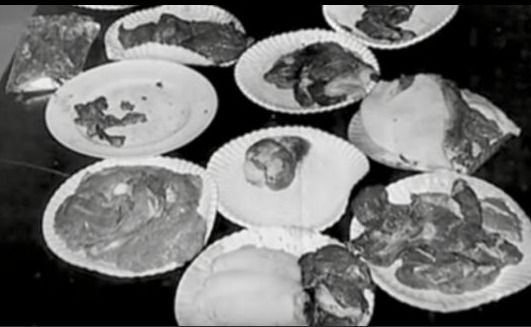

I am speechless… life always comes back to meet us… DOES ANYONE REMEMBER THIS MURDERER ?I,
who don’t know Japanese, have never forgotten this name Issei Sagawa
A CASE THAT I HAVE NEVER FORGOTTEN, NEVER …
In the 80’s I used to buy the French photography magazine PHOTO, and that month, the magazine in the middle had a “closed notebook with a report about this murderer, but the pages came glued, you had to tear them to see the content, because of the violence of the images it was violent, they said it was some cop or investigator who photographed and to make money …. As the case began to arouse a lot of interest, magazines, collectors, and curious people started to get to know about it and came up with good proposals for those who wanted to sell the magazine and gave some good money. I always wanted to keep it, I didn’t want to sell it, but unfortunately, when I was away for a short period of time, relatives of mine sold it. I was very angry until today… Memories of youth"Japanese cannibal” Issei Sagawa dies at 73 of pneumonia.
The writer became known for murdering and partially eating a Dutch girlfriend he was living with in Paris in 1981.Sagawa died on November 24 in a Tokyo hospital, the Japanese news agency Kyodo reported this Friday.While studying Comparative Literature at the Sorbonne University in the French capital, Sagawa shot Renée Jartevelt, a 25-year-old Dutch student, to death.he cut her friend up and her body was all wrapped in plastic bags and stored in the fridge…
Issei Sagawa shot and killed a woman in his apartment. He ate different parts of her body over a day period because he thought it would let him “absorb her beauty.” He also had sex with her corpse. Later on, Sagawa tried to dispose of the leftovers in a lake in France, where he lived.The Japanese man then raped the corpse, cut it into pieces, which he packed and kept inside a refrigerator.Sagawa defrosted and ate parts of the body for a few days, until he was arrested by the French police while trying to dispose of two suitcases with Jartevelt’s remains in the lake of a Parisian park.
The son of an influential Japanese family, he was considered not guilty of criminal responsibility after an evaluation by French psychiatrists, and was repatriated to Japan in 1984.After a year in a Japanese psychiatric institution, Sagawa was released in 1985, which at the time triggered a wave of protest in France and the Netherlands.Later, Sagawa became a literary celebrity and his memoir “Kiri no naka” (“Among the Fog”, 1984) is considered a best seller in Japan.Another writer, Juro Kara, won the prestigious Akutagawa Literary Prize in 1982 for “Sagawa-kun kara no tegami” (“Letters from Sagawa”), based on the crime.In 2019, the case returned to the spotlight with the Japanese premiere of the documentary “Caniba,” which competed at the Venice film festival in 2017.
The film, which begins by stressing “no intention to justify the crime,” gathers confessions and footage of the criminal, bedridden in an apartment, in a clear state of mental disturbance and assisted by his brother, Jun. On 11 June 1981, Sagawa, then 32, invited his Sorbonne classmate Renée Hartevelt, a Dutch woman, to dinner at his apartment at 10 Rue Erlanger, under the pretext of translating poetry for a school assignment. Sagawa planned to kill and eat her, having selected her for her health and beauty - characteristics he felt he lacked. Sagawa considered himself weak, ugly, and small (he was 144.8 cm (4 ft 9 in) tall) and claims he wanted to absorb her energy. She was 25 years old and 178 cm (5 ft 10 in).
After Hartevelt arrived, she began reading poetry at a desk with her back to Sagawa when he shot her in the neck with a rifle. Sagawa said he fainted after the shock of shooting her, but awoke with the realization that he had to carry out his plan. Sagawa had sex with her corpse but he could not bite into her skin because his teeth were not sharp enough, so he left the apartment and purchased a butcher knife. Sagawa consumed various parts of Hartevelt’s body, eating most of her breasts and face either raw or cooked, while saving other parts in his refrigerator. Sagawa also took photographs of Hartevelt’s body at each eating stage.
Sagawa then attempted to dump the remains of Hartvelt’s corpse in a lake in the Bois de Boulogne, carrying her dismembered body parts in two suitcases, but was caught in the act and arrested by French police four days later.Sagawa’s wealthy father provided a lawyer for his defense, and after being held for two years awaiting trial, Sagawa was found legally insane and unfit to stand trial by the French judge, Jean-Louis Bruguière, who ordered him held indefinitely in a mental institution. After a visit by the author Inuhiko Yomota, Sagawa’s account of his kill was published in Japan under the title In the Fog. Sagawa’s subsequent publicity and macabre celebrity likely contributed to the French authorities’ decision to deport him to Japan, where he was immediately committed to Matsuzawa Hospital in Tokyo.
His examining psychologists all declared him sane and found sexual perversion was his sole motivation for murder. As the charges against Sagawa in France had been dropped, the French court documents were sealed and were not released to Japanese authorities; consequently Sagawa could not legally be detained in Japan. Sagawa checked himself out of the hospital on 12 August 1986, and has subsequently remained free since that day. Sagawa’s continued freedom has been widely criticized.
In 2013, Sagawa was hospitalized from a cerebral infarction, which permanently damaged his nervous system. He now lives alone and needs daily assistance, which is provided by his younger brother or from caregivers.
23 notes
·
View notes
Video
youtube
SKYND Feat. Jonathan Davis ‘Gary Heidnik’ (Official Video) - Uncensored
2 notes
·
View notes
Text
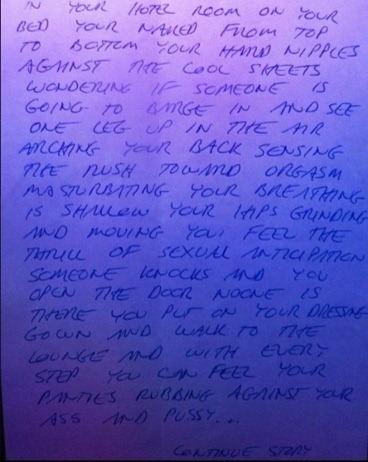
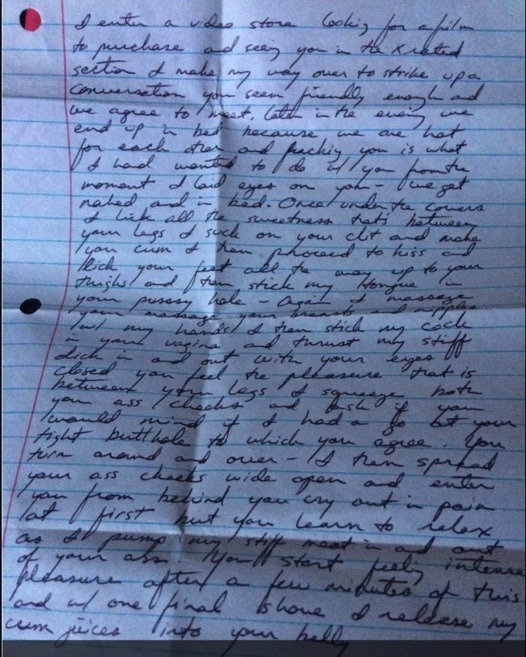

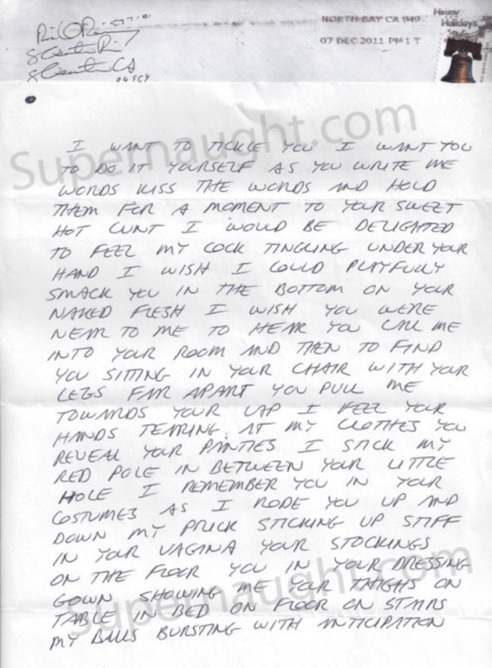
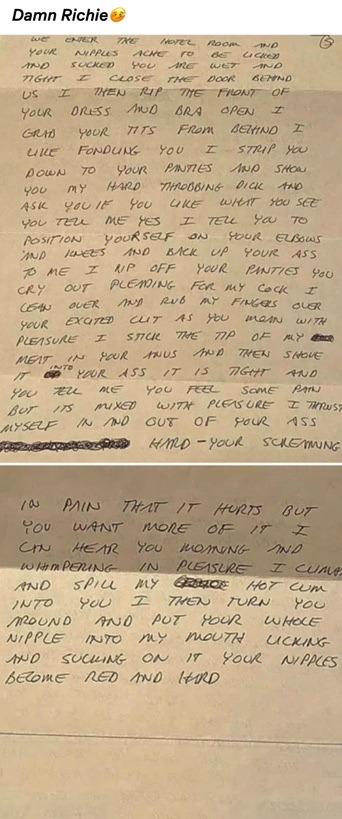



Seggs & seggs related letters. 🥵
The first one will always be my fave. 🥴
@lolitawitch77
70 notes
·
View notes
Text

Jeffrey Dahmer Victims
1 note
·
View note
Video
youtube
The 5 Worst Serial Killers From Europe
#youtube#serial killers#europe#marc dutroux#joachim kroll#volker eckert#thierry paulin#harold frederick shipman#dr. death
1 note
·
View note
Text

”I met a girl in Los Angels once we dated a few times then she moved away all of a sudden. I wonder to this day how she’s doing.”
Richard Ramirez in a letter to a pen pal (2012)
574 notes
·
View notes
Text


Sharon Tate photographed by Frank Bez for "Valley of the Dolls" 20th Century Fox 1967
1K notes
·
View notes
Text
How EL PASO, TEXAS would of looked like in the 1980s:

#cecil hotel#night stalker#richardramirez#truecrime#truecrimecommunity#tcc tumblr#aiartcommunity#pov
106 notes
·
View notes
Photo
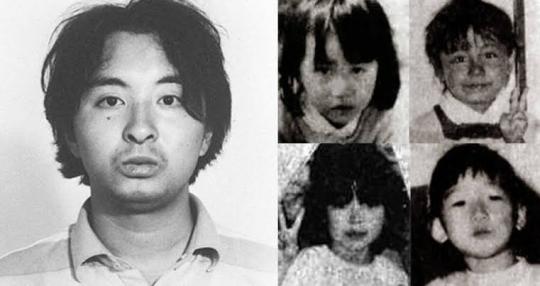
Tsutomu Miyazaki, also referred to as “The Little Girl Murderer” or “The Otaku Murderer”, was a ruthless Japanese serial killer that abducted and brutally murdered four girls between 1988 and 1989.
Miyazaki was born with a birth deformity which caused him difficulties with his arms. Due to this, he was ostracised and mocked by his peers, thus developing into a loner. Miyazaki found solace in fantasy comic books but this seemingly innocent interest soon turned deadly.
Miyazaki eventually, unsatisfied with fantasy, began to watch and collect child sex abuse images. On occasion, he would attend college tennis matches and take secretive photos of the players which he would use to masturbate later on and was once caught watching his little sister shower. As well as child child sex abuse images, Miyazaki became obsessed with graphic horror movies; it was said that movie series “Guinea Pig″ was the influence for his brutal murders and that he re-enacted scenes from this movie with his helpless victims.
On 22 August, 1988, Miyazaki abducted his first victim, 4-year-old Mari Konno, whom had been playing at her friend’s house. He drove her to a secluded area and parked his car under a bridge. He strangled the little girl to death before photographing and sexually assaulting her corpse. He returned to her body a few weeks later and cut off her hands and feet; he later hid them in his cupboard. In a cruel twist, he burnt the rest of her body in a furnace and sent the ashes to her distraught family, along with a few of her teeth and photographs of her clothing.
The next victim was 7-year-old Masami Yoshizawa. Miyazaki offered the young girl a ride but instead of taking her to her requested destination, he took her to the same secluded area he took Mari Konno and strangled her to death before sexually assaulting her corpse, something that soon became common practice to Miyazaki.
4-year-old Erika Nanba was waking home from her friend’s house when she was abducted by Miyazaki. He forced her to remove her clothes before he took degrading photos of her. Like the other two before her, she was then strangled. The final murder occurred on 6 June, 1989, when Miyazaki convinced 5-year-old Ayako Nomoto to allow him to take photos of her. After sexually assaulting and killing her, Miyazaki returned to the corpse for the next two days and repeatedly had sex with the corpse; he also drank some of her blood and cannibalised her hands.
As if losing their children in such a horrific way wasn’t traumatic enough, Miyazaki would taunt the family members of the children he had so viciously killed; he would often call them over and over again but remain silent and would send gruesome letters and identifying items which made it evident they were from the killer.
Miyazaki was finally apprehended on 23 July, 1989, after he was caught attempting to insert a zoom lens into the vagina of a young girl. He was chased by her father who alerted the authorities. They went on to search his house where the made the disturbing discovery of his morbid mementos which included graphic photos, videos, and remains of his victims. He was hanged on 17 June, 2008.
#true crime#serial killer#tsutomu miyazaki#the little girl murderer#japanese#the otaku murderer#guinea pig#pedophil crime
113 notes
·
View notes
Photo

In the early 1970s, Washington, D.C. was plagued by a series of horrifying murders that targeted young African American girls. The elusive perpetrator, known as the “Freeway Phantom,” left a trail of fear and devastation as he claimed the lives of six young African American women and girls His modus operandi involved disposing of the bodies near freeways, earning him his moniker.
The crimes took place during a time of racial unrest and tension, following the assassination of Martin Luther King Jr. The community, still grappling with the aftermath of race riots, harbored deep mistrust towards the police. Many believed that law enforcement displayed little interest in solving the crimes, fueled by the perception that the race of the victims played a role in the lack of progress.
Compounding the frustration was the discovery that the crucial D.C. case files mysteriously vanished, never to resurface again. Furthermore, any potential DNA evidence found on the clothing of one of the girls had inexplicably gone missing. These unsettling developments only solidified the belief that justice would never be served, and the identity of the Freeway Phantom would remain forever unknown.
95 notes
·
View notes
